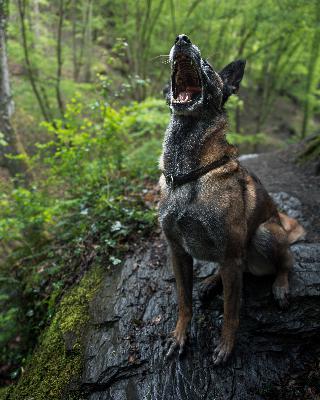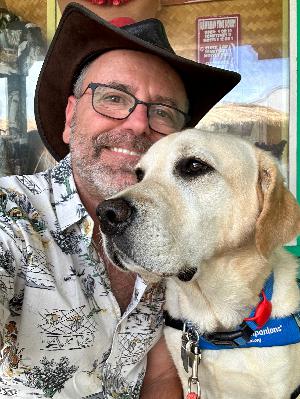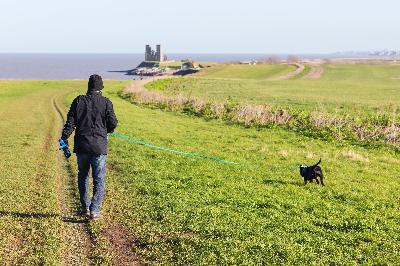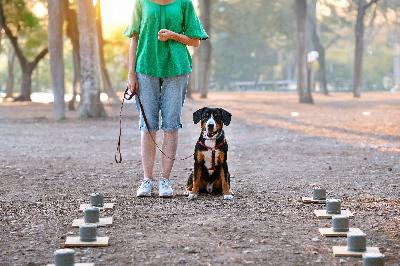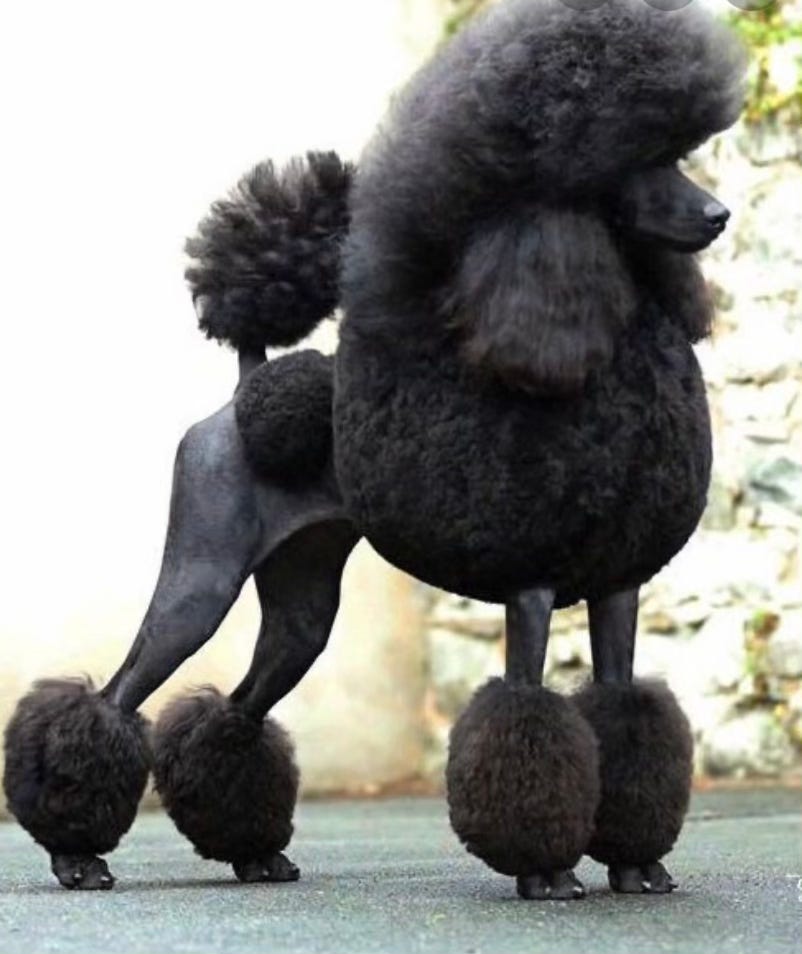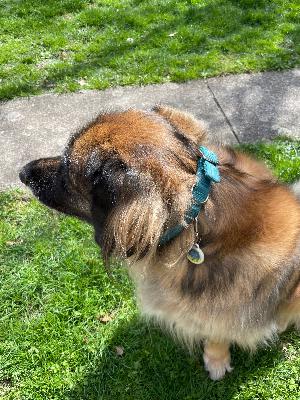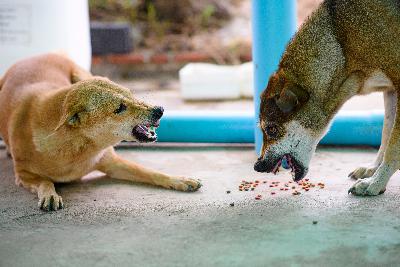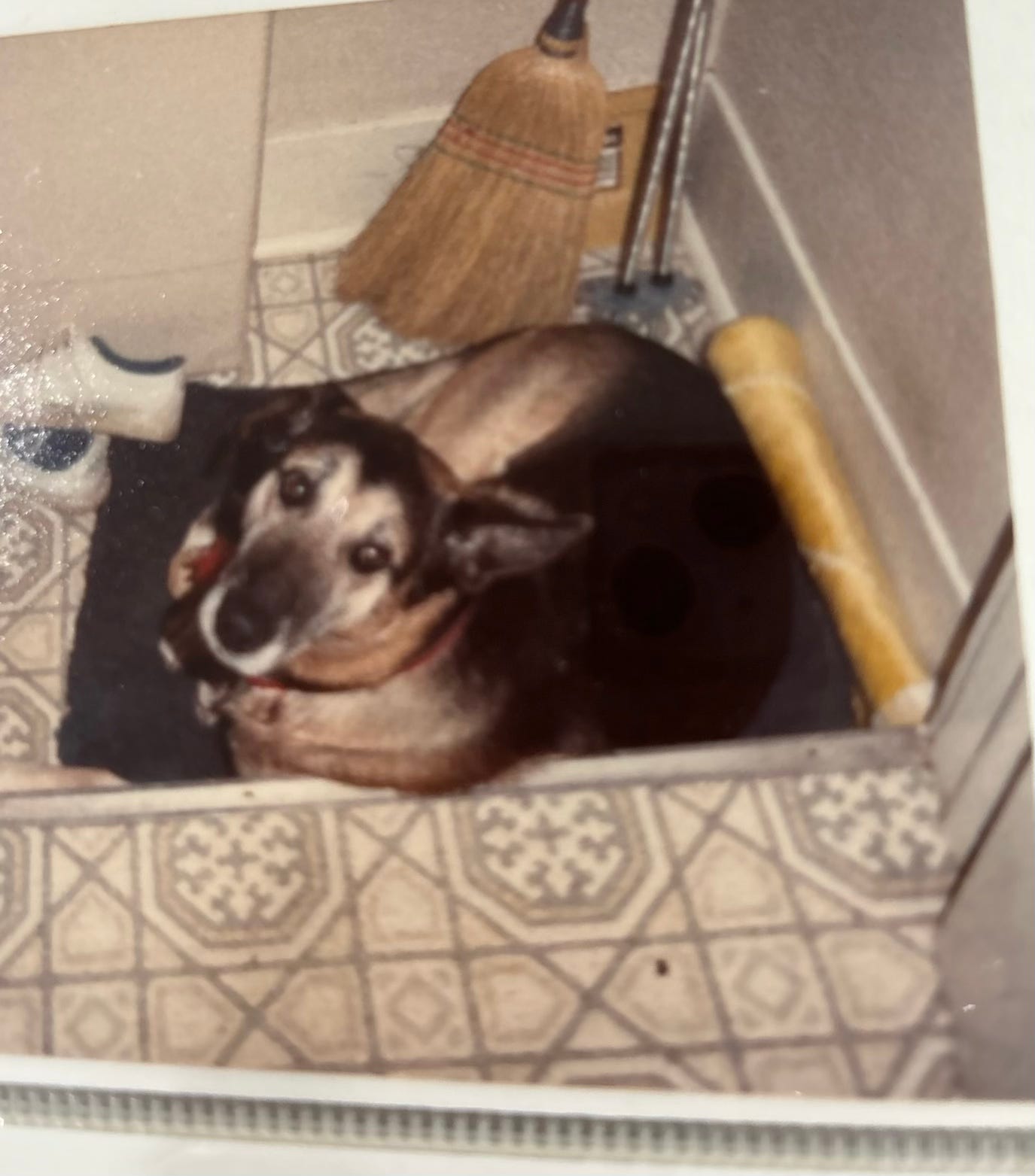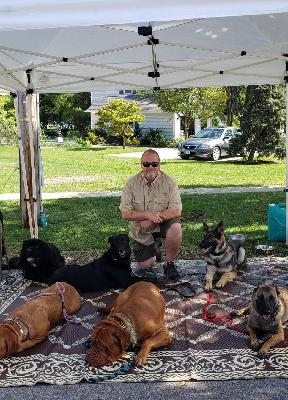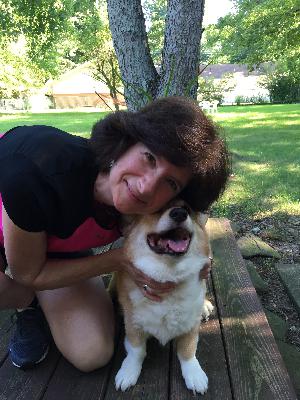Canine Companions
Description
Canine Companions, formerly Canine Companions for Independence, is the oldest and largest service dog organization in the United States. It was formed in 1975 and is credited with starting the concept of the modern service dog that we are familiar with today. They attend to over 65 different types of physical and cognitive disabilities including autism, hearing loss, PTSD, Parkinson’s disease, POTS, Multiple Sclerosis, Muscular Dystrophy, and debilitating arthritis. They do not train dogs for the blind or for people who need to be alerted for medical conditions such as seizures and low blood sugar levels. Canine Companions provides their own breeders, puppy raisers and professional trainers with the end goal of placing the right dog with the right person in need.
Since Canine Companions’ inception, 8,000 dogs have been placed nationwide. Currently, approximately 400 dogs are placed annually, of which 50 are in Ohio. The need for these highly trained dogs far exceeds the supply. Canine Companions’ longterm goal is to decrease the current two year waiting list by increasing the amount of puppies born as well as volunteer puppy raisers.
There are many ways that distinguish Canine Companions from other service dog organizations, but the main feature is that these highly trained dogs are provided at no cost to the person in need. Canine Companions exists solely on donations. Please access their website: canine.org to read the stories of the celebrities who have generously donated their time and money to the organization. You can also read many heartwarming personal stories about how these dogs have helped people live their daily lives more independently.
One very generous donor was Charles Schultz, the late cartoonist and the creator of the comic strip Peanuts, featuring Charlie Brown and Snoopy. Shultz was instrumental in getting Canine Companions off the ground. He donated money to help fund the national campus and current headquarters in Santa Rosa, CA, where he resided the last 30 years of his life. Since he passed away in 2000, his wife and family continue to support the organization.
Canine Companions was founded by Bonnie Bergen. She is credited with inventing the concept of the service dog. Up until then, there were only guide dogs for the visually impaired. While Bonnie was traveling overseas, she saw donkeys assisting people with mobility issues. Her special education background motivated her to help her own students by experimenting with training dogs to assist them. She started with shelter dogs and began training them to pick up things. It was highly successful and rewarding to discover that this could actually be a way to help people with disabilities. Because of her innovative idea and determination, Canine Companions has grown into the thriving service dog organization it is today.
Service dogs are different from therapy dogs in that service dogs are trained to perform specific tasks for physically and cognitively challenged individuals. They are paired with an individual in need and live with them in order to assist them to manage their day to day lives with more independence. Service dogs have access rights under the Americans with Disabilities Act (ADA). This permits public access anywhere that humans are allowed to go, except where they may compromise a sterile environment. Most importantly, they serve one person only.
Therapy dogs are not trained to perform specific tasks. They are considered a family pet just as service dogs are, but they do not have public access rights. They are able to go to venues that are dog friendly. They are trained and tested to have good manners and are there to provide emotional comfort wherever they go with their handler. Please refer to my June 17 podcast regarding therapy dog training for further details.
My guest on this podcast is Staicey Scholtz. Staicey is a Northern Ohio Leadership Team member and a 15-time volunteer puppy raiser. After the female dogs (referred to as dams) give birth at a Canine Companions approved breeder’s home, the puppies are transferred to volunteer puppy raiser’s homes for 16 to 18 months. Currently, Staicey has a 16 month old Lab/Golden mix, named Rocco the 5th, who hopefully will be ready to go to his professional trainer on August 8, 2025. If he qualifies, he will be trained on specific tasks and hopefully placed with a person in need. Staicey also has a 5 month Lab/Golden named Hammond the 3rd.
Staicey’s motivation for volunteering as a puppy raiser grew out of the desire to help raise future service dogs. She wanted to help those in need live more independently. According to Staicey, service dogs are life changing. Raising the puppies has had a tremendous impact on her. The experience has made her look at her own life and feel blessed that she does not have a disability that would require a service dog. She views what she does as a puppy raiser as a gift to someone in need.
When Staicey is out in public, she sometimes gets comments from people who don’t understand how she can give a dog up after living and caring for them for a year and a half. They think of it as comparable to a death of a pet. Staicey doesn’t view what she does in the same way. The clients who get these dogs love them just as much as she and the professional trainers do. The dogs want to work and are happy doing the jobs they were trained to do. However, she does admit that getting another puppy to fill the gap definitely helps in getting over missing the dog who has finished their stay with her. Hammond will be filling that gap very soon!
The journey of a Canine Companions dog begins and ends as follows:
* Breeder - from birth to 8 weeks old
* Puppy raiser - from 8 weeks old to up to 18 months old
* Professional trainer - from 18 to 24 months
* Forever handler - from 24 months to end of life
Breeding Program
Canine Companions has a state of the art Research and Science Team who discovered that the ideal breed for service dogs involves a combination of Labrador and Golden Retriever. All of the males in the breeding program are 100% Lab. The females can be Lab/Golden crosses and have varied percentages of each in them. They decide which dogs will be best suited for breeding by the time they are old enough to move onto their professional trainers.
If a dog is not marked for breeding, it is either spayed or neutered. They are very careful to breed out any physical and medical defects, so that the failure rate of service dogs due to medical reasons is very low. For example, if a dog’s bite doesn’t align quite right, that dog may not be suitable to carry things in their mouth to their handler. A dog like this will most likely be deemed to be a therapy dog, which will be discussed later.
Volunteer breeders sign up to take care of either the sire (male) or the dam (female). Litters are born in the homes of these volunteers located in California. If a volunteer has a sire, they will get called to meet up with the dam in heat and travel to that location. They drop them off and give them several days to do their magic and then get picked back up again once the dam is no longer in the receptive period of her heat. Caretakers of dams have the option to whelp (assist in the birthing process) the litter in their own home, but are not obliged to do so. If they choose to experience this, there is a Canine Health and Wellness Center near by to assist them with the birthing process or to just support the breeder during this stressful yet exciting event.
When puppies are born in the caretaker’s home, they will be named by a letter of the alphabet which is assigned by headquarters. The breeders will submit 50 names which will be reviewed to make sure there are no other working dogs with the same name. There is a possibility for a donor of $15-$20K to submit a name for a future service dog. In fact, Staicey’s dog Rocco the 5th was named after the owner of Fahrenheit Restaurant in Cleveland - Rocco Whelan.
Puppy Raisers
Once the puppies are named, they will be designated to volunteer puppy raisers in one of the six regions of the United States. Ohio is in the North Central region and includes states from western Pennsylvania to North Dakota. The puppy raiser will go to the nearest training center to pick up their puppy. The closest one in Ohio is located in the Columbus suburb of New Albany. This is also the same location where the puppy will return for professional training once they have reached 15 to 18 months.
Puppy raisers sign a contract stating that they will be responsible to care for the puppy for the next 15 to 18 months, including veterinary care, food, and spaying or neutering if they aren’t marked for breeding. They are obligated to attend at least two obedience training classes each month which follow the LIMA training philosophy, or as most people are familiar with, the positive reinforcement technique. The LIMA training philosophy stands for Least Intrusive Minimally Aversive, and prioritizes the dog’s well being. They are to avoid any methods causing fear, pain or distress.
As soon as the puppy comes home, they are introduced to the preferred walking tool by Canine Companions known as the Gentle Leader. In the picture above, Hammond is wearing a Gentle Leader. In order to establish positive association with the Gentle Leader, the puppy will wear it while they eat as soon as they arrive at the puppy raiser’s home. Since puppies eat three times a day, this is a frequent opportunity for them to get used to it.
The Gentle Leader is a tool that requires some conditioning since it encompasses their nose and mouth. Typically dogs do not like it at fi



